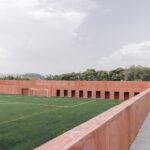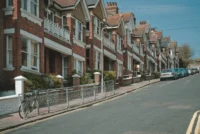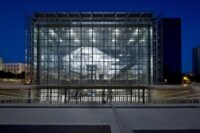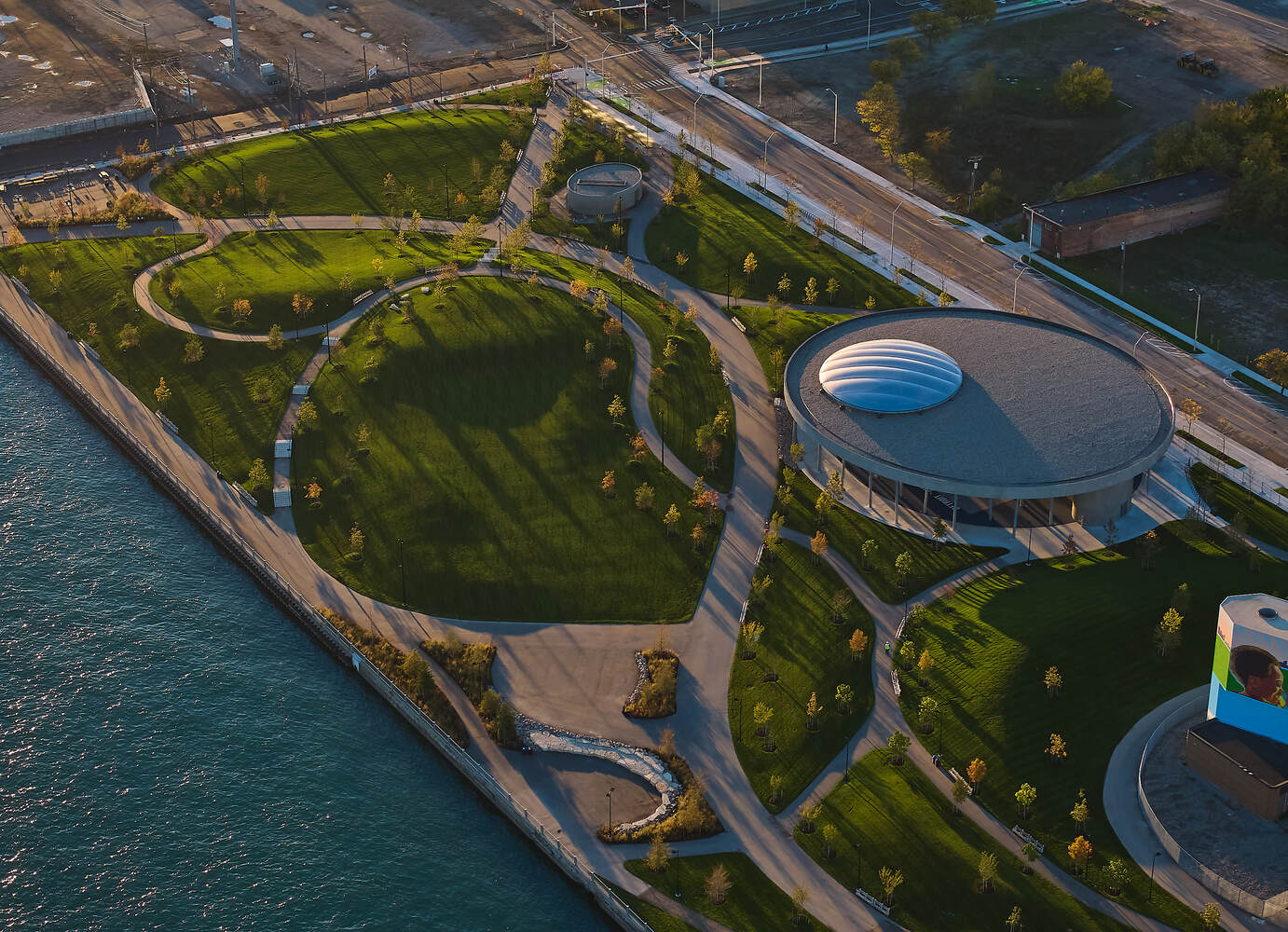- Home
- Articles
- Architectural Portfolio
- Architectral Presentation
- Inspirational Stories
- Architecture News
- Visualization
- BIM Industry
- Facade Design
- Parametric Design
- Career
- Landscape Architecture
- Construction
- Artificial Intelligence
- Sketching
- Design Softwares
- Diagrams
- Writing
- Architectural Tips
- Sustainability
- Courses
- Concept
- Technology
- History & Heritage
- Future of Architecture
- Guides & How-To
- Art & Culture
- Projects
- Interior Design
- Competitions
- Jobs
- Store
- Tools
- More
- Home
- Articles
- Architectural Portfolio
- Architectral Presentation
- Inspirational Stories
- Architecture News
- Visualization
- BIM Industry
- Facade Design
- Parametric Design
- Career
- Landscape Architecture
- Construction
- Artificial Intelligence
- Sketching
- Design Softwares
- Diagrams
- Writing
- Architectural Tips
- Sustainability
- Courses
- Concept
- Technology
- History & Heritage
- Future of Architecture
- Guides & How-To
- Art & Culture
- Projects
- Interior Design
- Competitions
- Jobs
- Store
- Tools
- More
Suan San Pocket Park by Shma Company Limited
Suan San Pocket Park in Bangkok transforms a derelict riverside site into a vibrant 15-Minute Park, fostering community engagement, ecological connectivity, and urban well-being.
Bangkok faces a pressing challenge in providing sufficient green space for its residents. With only 7.49 square meters of green space per person, the city falls below the World Health Organization’s recommended standard of 9 square meters. Recognizing the urgent need to expand accessible parks, the Bangkok Metropolitan Administration (BMA) has set a goal of achieving 10 square meters of green space per capita by 2030. Central to this vision is the “15-Minute Park” initiative, a strategy to create a network of small public parks within a 15-minute walk, or approximately 800 meters, from residential areas. This approach seeks to reduce travel time, enhance community engagement, and encourage residents to embrace local green spaces as vital elements of their daily life.

Table of Contents
ToggleTransforming a Derelict Site into Suan San
Suan San Pocket Park, located in the historic Klong San-Tha Din Daeng community, embodies this transformative vision. Covering 3,894 square meters along the Chao Phraya River, the site had long been neglected, functioning as a derelict warehouse and later as an informal garbage dump. Despite its hazardous condition—constricted access for emergency vehicles, foul odors, and fire risks—the site contained valuable assets, including mature trees and an open riverside space. Recognizing this potential, Shma Company Limited, in collaboration with the BMA, spearheaded the creation of Suan San as a publicly accessible park. The project demonstrates multi-sector collaboration, combining private land donation, government development, and community participation to create a sustainable urban green space.

Participatory Design and Community Engagement
At the core of Suan San’s success is its participatory design process. The project team engaged local residents, government agencies, civil society groups, academic institutions, and professional organizations to ensure that the park’s design would reflect the needs and desires of the community. This inclusive approach included workshops, site tours, and interactive feedback sessions, allowing residents to experience preliminary designs, test activities, and provide critical input. Safety and long-term sustainability were integral considerations, resulting in clear sightlines, adequate lighting, and an open landscape that discourages illicit use. The iterative design process ensured that Suan San would be a resilient, well-used public park, enhancing both safety and usability.

The Concept of “San” – Weaving Community Connections
The park’s design is rooted in the Thai concept of “San” (สาน), which translates as “to weave” or “to connect.” This principle guided the development of Suan San as a space that fosters social, cultural, and ecological connections. The design implements three key “connectors” or “Sam San”:
Weaving Relationships: Suan San’s multiple entry points seamlessly connect the park with surrounding streets and residences, overcoming the isolation of the original site. Walls and seating areas are strategically integrated to subtly define spaces while encouraging interaction, creating an inviting and accessible environment.
Weaving Past and Present: The park preserves the historical identity of the site, transforming its narrative into a contemporary learning environment. Existing trees, heritage structures, and traces of the site’s industrial past are maintained and highlighted, allowing the community to engage with the area’s cultural memory while enjoying modern recreational facilities.
Weaving Lives: Flexible programming ensures that the park caters to diverse needs, encouraging both passive and active engagement. Three primary zones were established: spaces for physical activity, areas promoting mental well-being and ecological learning, and zones dedicated to community co-creation. These versatile areas accommodate various activities, including exercise, relaxation, and educational workshops, fostering genuine social interaction across all age groups.

Design Strategies and Spatial Experience
Suan San’s layout emphasizes accessibility, connectivity, and immersion in nature. Narrow landscaped corridors guide visitors from street to riverside, while open plazas provide spaces for gathering, events, and recreation. The park’s mature trees create shade and microclimates that encourage extended use, while the riverside setting offers a tranquil retreat from the bustling city. Seating walls, benches, and green berms delineate functional zones without creating barriers, allowing users to experience a seamless blend of activity, leisure, and community engagement. Thoughtful lighting and wayfinding further enhance the safety and usability of the park after dark.

Suan San as a Catalyst for Urban Green Networks
Beyond serving the local community, Suan San is designed to integrate into Bangkok’s wider urban green network. Its proximity to larger parks, including Chao Phraya Sky Park and Princess Mother Memorial Park, as well as smaller green nodes like schoolyards, temple grounds, and tree-lined streets, ensures that the park functions as a vital connector. By linking these spaces, Suan San contributes to the city’s broader ecological infrastructure, facilitating pedestrian movement, recreational use, and environmental stewardship. The park demonstrates that even a modestly sized urban space can play a pivotal role in citywide strategies for sustainability, connectivity, and social vitality.

Legacy and Future Implications
Suan San Pocket Park stands as a model for future urban interventions in Bangkok. Its successful transformation from derelict land to a dynamic, green, and participatory public space highlights the potential of inclusive design, community collaboration, and strategic urban planning. As a pilot project of the 15-Minute Park initiative, it establishes benchmarks for design excellence, maintenance strategies, and long-term sustainability. Importantly, Suan San not only enriches the daily lives of local residents but also fosters a sense of ownership, pride, and collective responsibility, ensuring the park remains a thriving component of Bangkok’s urban fabric for generations to come.
Photography: Nawin Deangnul
- 15-Minute Park initiative
- Bangkok Metropolitan Administration
- Bangkok urban parks
- community engagement
- Ecological design
- Heritage preservation
- Landscape Architecture
- Mental well-being and recreation
- participatory design
- Pocket park design
- Public space transformation
- Riverside park design
- Shma Company Limited
- Socially inclusive parks
- Suan San Pocket Park
- Sustainable public space
- Thai cultural landscape
- Urban connectivity
- Urban green space
- Urban Revitalization
I create and manage digital content for architecture-focused platforms, specializing in blog writing, short-form video editing, visual content production, and social media coordination. With a strong background in project and team management, I bring structure and creativity to every stage of content production. My skills in marketing, visual design, and strategic planning enable me to deliver impactful, brand-aligned results.
Submit your architectural projects
Follow these steps for submission your project. Submission FormLatest Posts
Basketball Court – Ralph C. Wilson Jr. Centennial Park by Adjaye Associates
Designed by Adjaye Associates, the basketball court at Ralph C. Wilson Jr....
DC Alexander Park by Brooks + Scarpa Architects
Explore the redesign of DC Alexander Park by Brooks + Scarpa Architects,...
Pazhou South Waterfront Park by SWA Group
SWA Group’s Pazhou South Waterfront Park in Guangzhou revitalizes the Huangpu Chong...
550 Madison Avenue Garden by Snøhetta
Snøhetta’s 550 Madison Avenue Garden transforms Midtown Manhattan with a lush 21,300-square-foot...













































Leave a comment